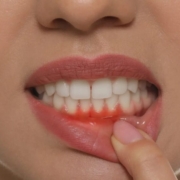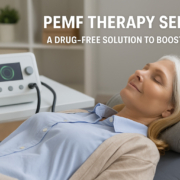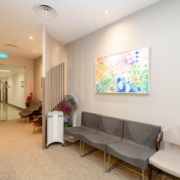What to Expect During Your First PRP Injection?
If you are suffering from chronic pain or a healing injury, your doctor may recommend Platelet-Rich Plasma (PRP) therapy, a natural and advanced treatment option that uses your body’s healing cells for recovery. For families in and around Canton, PRP therapy is becoming increasingly popular, especially for those who are seeking non-surgical options. If you are considering PRP therapy for yourself or a loved one, it can be helpful to understand the process so you can alleviate some of the stress. This is what you can expect from your first PRP injection and how a pain specialist in Canton can help.
What is PRP Therapy?
PRP therapy uses platelets, which come from your blood, to boost the healing of strained muscles, joints, ligaments, or tendons. Platelets are essential when it comes to clotting and repair. When injected into a certain area, the concentrated PRP stimulates the body’s natural healing process.
PRP therapy is commonly used for:
- Sports injuries
- Arthritis
- Tendonitis
- Joint pain
- Post-surgery healing
Many families are now seeking PRP injections in Canton because it is non-invasive. It also does not require the use of harsh medications or pain relief.
Before Your PRP Injection
Your journey begins with a visit to a pain specialist in Canton. They’ll review your medical history, discuss your symptoms, and determine if PRP is right for you. If you’re a candidate, your provider will explain the procedure, answer questions, and guide you through the next steps.
You may be asked to stop taking anti-inflammatory medications (like ibuprofen) a few days before the procedure. These can affect how the platelets work in your body.
On the Day of the Procedure
The PRP injection is generally a very fast and in-office procedure. Typically, this is how it is done:
Blood Draw – A small amount of blood is taken, like any other lab test.
Platelet Separation – The blood is then put into a special machine called a centrifuge that spins the blood very fast. When this is done, the platelets are separated from the other components of the blood.
Injection – Your pain specialist in Canton will inject the PRP into the targeted area. In some cases, ultrasound may be used to guide the needle for more precision.
The entire procedure is usually completed in about 30 – 60 minutes, and most people describe the pain of the injection as minimal or just like getting an ordinary shot. Sometimes a local anesthetic is provided to help minimize discomfort.
After the Procedure
You should be able to go home soon after the treatment. Most patients have only mild soreness or swelling in the treated area for a day or two – this is a natural reaction to your body beginning to heal.
Don’t lift anything heavy or perform strenuous exercise or stressful movements for a few days. Your PRP injections treatment in Canton provider will provide specific aftercare instructions.
Usually, you will begin healing within a few weeks. Some people feel relief almost immediately, then others may take several weeks to experience the full benefits of the treatment, and in some cases, they may recommend several injections.
In A Nutshell
Trying out a new medical procedure can be overwhelming, especially one that involves needles, like PRP therapy. However, with PRP therapy, you are using your body’s built-in healing properties in a completely safe and natural way. Families in search of non-invasive and drug-free pain relief are discovering more and more, PRP injections treatment in Canton as a reliable option.
If you or someone you care for is suffering from joint pain, soft tissue injuries, or arthritis, don’t delay. Speak to a pain specialist in Canton about whether PRP would be the next appropriate step toward healing and relief.








